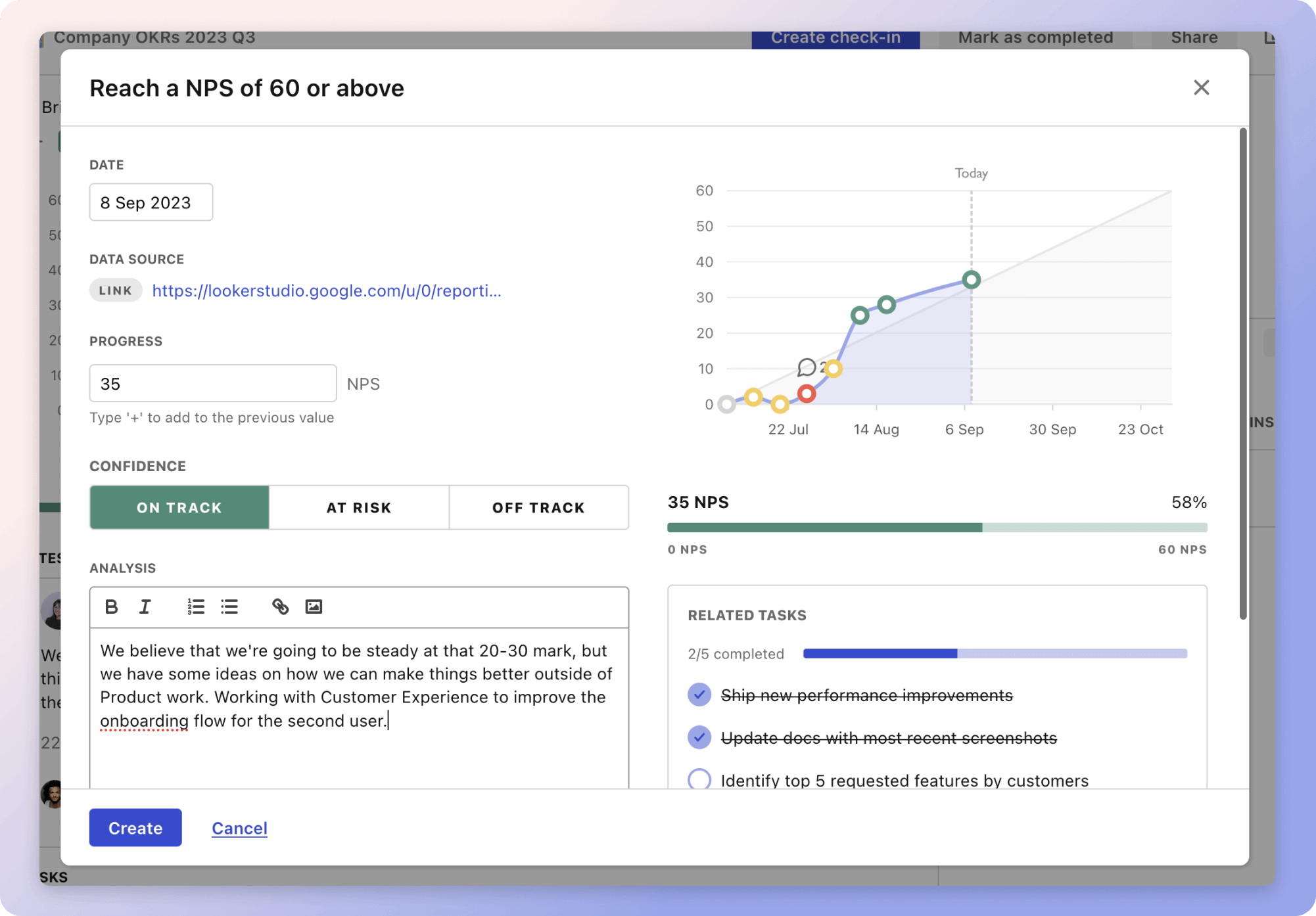Launching a technology-based platform for the non-ferrous metal trade requires a structured approach. The strategy begins with conducting comprehensive market research. This involves identifying market segments and understanding competitors’ weaknesses. For example, if a competitor lacks a mobile-friendly interface, that could be an opportunity. Understanding user needs through surveys and interviews helps shape a platform that resonates with potential users, while studying legal requirements ensures compliance across different regions.
Next, developing a robust business and financial model is vital. Define what sets your platform apart. For instance, consider if a subscription model could provide steady income. Establishing clear KPIs and financial forecasts will guide business decisions and aid in securing investment through well-prepared pitch decks.
Finally, design and develop the platform with core features and a strong emphasis on user experience and security. For instance, a reliable payment gateway is crucial for smooth transactions. Testing the platform via beta releases allows for user feedback, ensuring functionality aligns with customer needs, ultimately contributing to a successful launch.
The strategies
⛳️ Strategy 1: Conduct comprehensive market research
- Identify target market segments within the non-ferrous metal trade industry
- Analyse competitor platforms and identify gaps in their services
- Conduct surveys and interviews with potential users to understand their needs
- Investigate legal and regulatory requirements in key operating regions
- Assess the current demand for non-ferrous metals in different markets
- Explore technological trends impacting the trading of non-ferrous metals
- Evaluate the supply chain processes in non-ferrous metal industries
- Identify potential partners, suppliers, and collaborators
- Gather and analyse industry reports and whitepapers
- Compile a comprehensive report summarising research findings
⛳️ Strategy 2: Develop a robust business and financial model
- Define the unique value proposition of the platform
- Create detailed revenue models outlining potential income streams
- Build comprehensive cost structures including development and operational expenses
- Plan for potential financing needs and funding sources
- Develop pricing strategies for platform services
- Establish key performance indicators (KPIs) for business growth
- Project financial forecasts for the first three years
- Identify risks and develop mitigation strategies
- Consider a membership or subscription model for value-added services
- Prepare a compelling pitch deck for potential investors
⛳️ Strategy 3: Design and develop the technology platform
- Define core functionalities and features of the platform
- Select the right technology stack to support platform development
- Hire experienced developers or partner with a tech development firm
- Create a user-friendly interface focusing on customer experience
- Incorporate security measures to protect users' data and transactions
- Implement a reliable payment gateway for transactions
- Develop a mobile-first strategy for accessibility
- Establish customer support mechanisms for users
- Test the platform extensively to ensure functionality and ease of use
- Launch a beta version and gather user feedback for improvements
Bringing accountability to your strategy
It's one thing to have a plan, it's another to stick to it. We hope that the examples above will help you get started with your own strategy, but we also know that it's easy to get lost in the day-to-day effort.
That's why we built Tability: to help you track your progress, keep your team aligned, and make sure you're always moving in the right direction.

Give it a try and see how it can help you bring accountability to your strategy.
